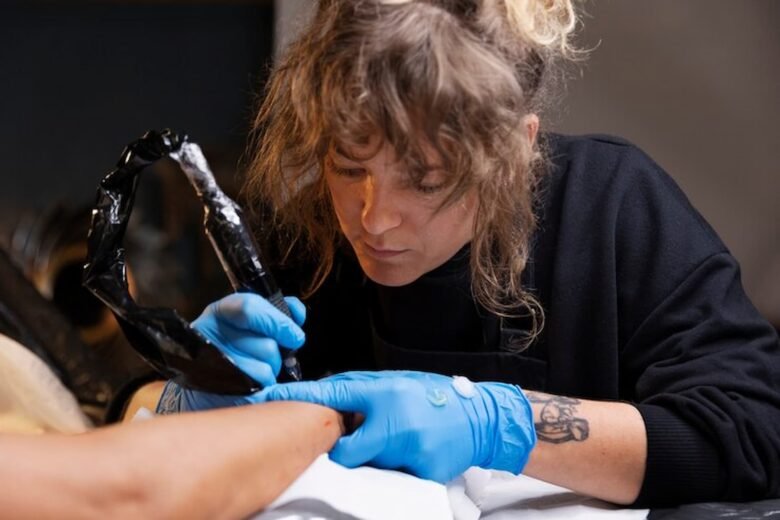What to Expect from the Process
More and more of us are getting tattoos, and unsurprisingly, this has led to a rise in the demand for laser tattoo removal. What exactly does the process involve though? Here’s how it works, and what you can expect from a provider of laser tattoo London patients love.
Understanding Laser Tattoo Removal
Laser tattoo removal uses wavelengths of light to target the tattoo ink, all while minimising damage to the surrounding skin tissue. The laser emits pulses of high-intensity light that penetrate the skin and are then absorbed by the tattoo pigment particles. As the light energy is absorbed, it causes the pigment particles to fragment into smaller pieces. These smaller ink particles are then gradually absorbed and eliminated by your body.
What Can Affect the Process?
Several factors can influence the effectiveness of laser tattoo removal, such as:
Ink colour and type
Different tattoo pigments respond differently to laser treatment. Darker pigments, such as black and blue, typically absorb laser light more effectively, making them easier to remove. Lighter shades like yellow and green may require more sessions as they absorb less light.
Skin tone
Laser tattoo removal is generally more effective on lighter skin tones due to the higher contrast between the tattoo ink and the skin. However, advancements in laser technology have made it possible to treat tattoos on a broader range of skin tones.
Tattoo size and age
It goes without saying that larger tattoos may require more sessions. Older tattoos tend to fade more easily as the ink particles have already degraded over time.
What to Expect
The laser tattoo removal process typically involves multiple sessions spaced over several weeks. This is so the skin can heal between treatments. Before beginning your course of sessions, you should have a consultation with a qualified practitioner. This will allow them to look at the tattoo and discuss expectations, potential risks, and the number of sessions required.
Prior to treatment, the area to be treated is cleaned, and a numbing cream might be applied to minimise discomfort. Then, your practitioner will run the laser over the tattoo, delivering short pulses of light to target the ink particles. You may experience a sensation similar to an elastic band snapping against the skin during this, but most people agree it is much less painful than having a tattoo.
After the session, the treated area may feel sore and blistered—a little like a sunburn. This is why it’s essential to follow the post-treatment care plan you are given. The number of sessions needed to completely erase your tattoo can vary from a few to several treatments spread over several months. So, if you’re in it for the long haul, you’ll need to take care of your skin!
What Now?
Laser tattoo removal offers a safe and effective way to get rid of your unwanted body art. If you think that it could be the right option for you, get in touch with a trusted provider today.

